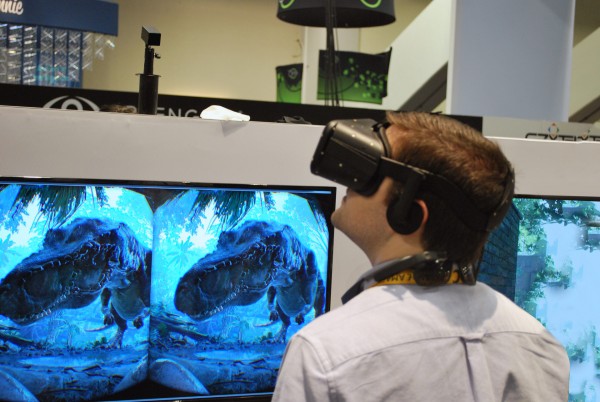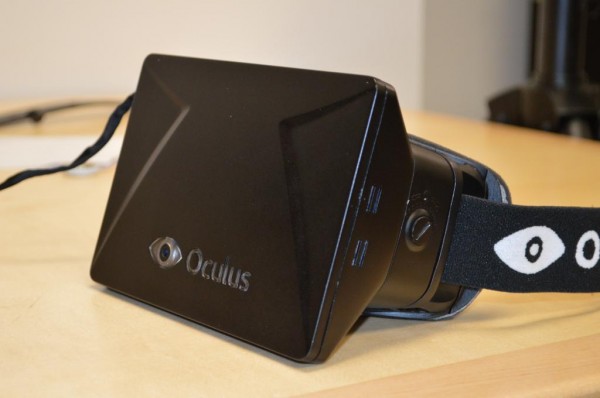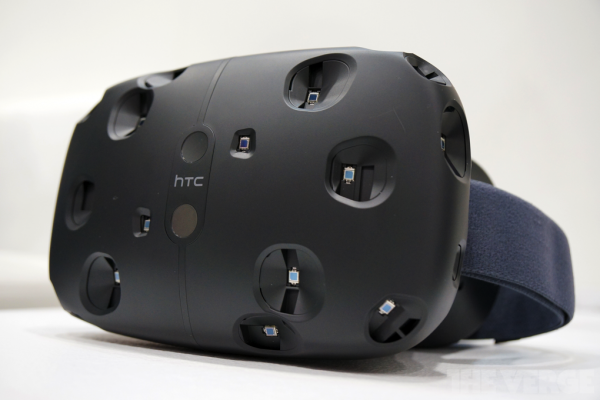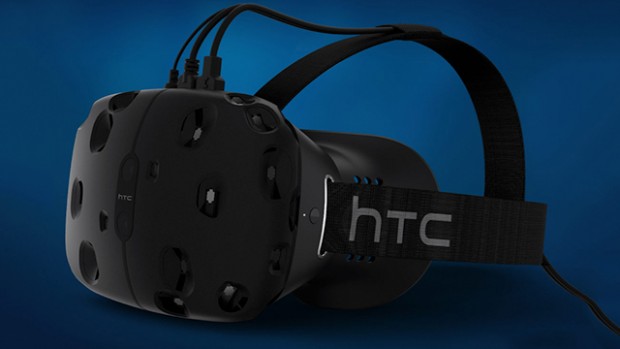Crytek Toying With Virtual Reality
The managing director of Crytek revealed that the company is currently exploring virtual reality gaming, and working to create a virtual reality experience that sets the VR bar higher than ever. So far, the company says that it has already found tools to deal with the motion sickness commonly associated with virtual reality.
While there’s no further information at the moment, at least not that the company is releasing, this little tidbit is definitely exciting. Crytek is known for creating the best graphics in gaming, which definitely bodes well for VR experiences will all of the cool hardware currently in development. Stay tuned!

Netflix for Gaming?
Several companies have toyed with the idea of creating a program like Netflix for gaming, but the results have been less than stellar: too-long downloads and skippy graphics are part and parcel with most any service that utilizes the cloud for PC gaming.
But the new service Utomik has managed to skirt around these common problems, offering unlimited PC games for only $10 per month! Although the site is currently in a closed beta testing mode, users report that the games offered are playable with one click, and feature little to no installation time and just about the same level of quality as fully installed PC games.
So how has Utomik managed this feat when other companies have failed? They credit their proprietary file streaming technology, which utilizes a method similar to progressive downloading. In plain terms, this means that files are downloaded in small batches while you play, eliminating lag time, improving graphic quality and creating a truly simple user interface.
Between this new service and PlayStation Now’s similar version for consoles, it’s looking like you’ll be able to play any game your heart desires without shelling out full price. We’ll keep you updated on when the service becomes available outside of testing mode!

High Fidelity Gets More Moola
Personalized virtual worlds are about to get a lot more accessible with Second Life’s High Fidelity, which recently received a whopping $11 million in funding!
High Fidelity is working to create a system that allows you to create a virtual space nearly instantly: all you have to do is choose a template and name, and you and anyone else can have access to the new virtual hangout.
At its core, High Fidelity is all about creativity, utilizing an open source base that allows for nearly unlimited potential provided you have the right know-how. And this recent influx of funding will only increase the possibilities tenfold.
Oculus Changing its Tune
For well over a year, Oculus has been unequivocally stating that the Rift will be released in full consumer mode in 2015.

But now, it looks like they might be changing their minds. Maybe.
At the recent SXSW panel, Palmer Luckey alluded to the fact that we may not actually see the Rift this year, and of course, the release date is still undisclosed. According to Luckey, the company has been afforded infinitely more possibilities due to the partnership with Facebook, which has allowed them to take the Rift in directions they never thought possible before. But these shifts take time, and as much as Oculus wants to get the Rift into the hands of the average consumer, they want it to be the absolute best that it can be.
Despite all of this, Luckey stills says that the company plans to release in 2015 – they’re just no longer definitely releasing in 2015.
Yes, circle talking abounds – here’s hoping we see the Rift shortly.
Introducing the HTC Vive
And in other virtual reality news, it looks like Oculus is going to have another competitor: HTC.

The company recently announced at the Mobile World Congress that it was building its own VR headset, dubbed the Vive. Developed in partnership with game developer Valve, the Vive is a super lightweight headset that not only allows you to experience a virtual world, but also interact with it physically.
The headset requires a pretty powerful computer in order to run, and it needs to be physically connected to the computer. And while that may seem annoying, the other features of the headset more than make up for it according to early reviews. The piece features 37 sensors, two wireless infrared cameras and wireless controllers. Once the headset is on, the controllers look like your own hands, and you can pick up, move and manipulate the world you’re in seamlessly.
So far, there’s no release date or projected price point. But from what we’re seeing, HTC has just introduced a game changer into the world of virtual reality. Stay tuned!


